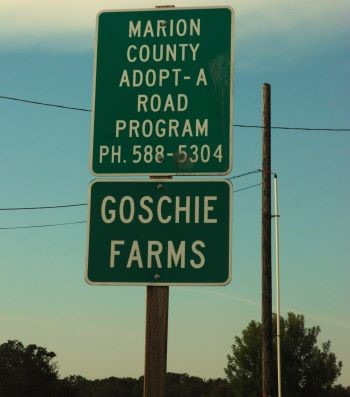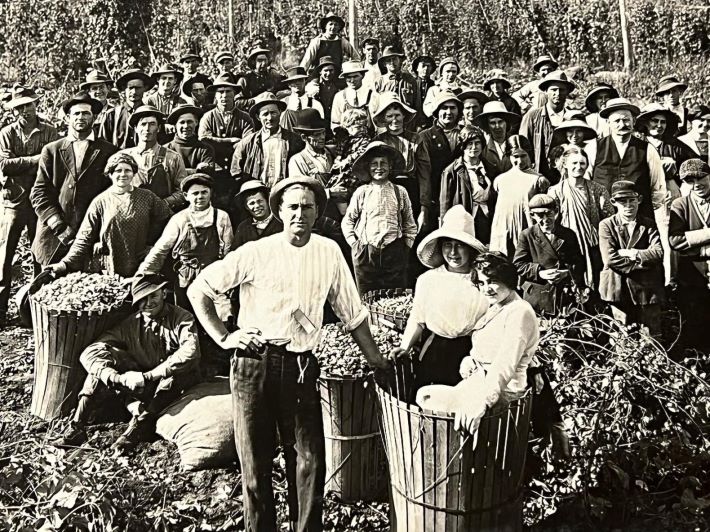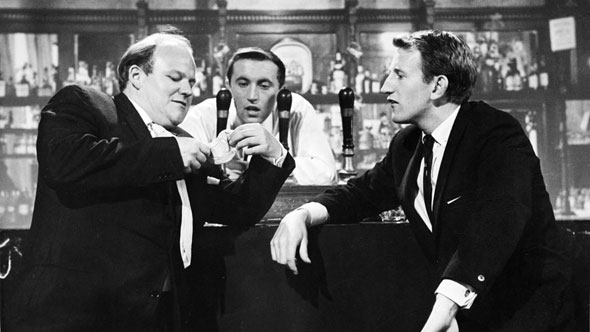* That Was The Beer Week That Was (TWTBWTW) will be on hiatus until May 16.

Feel free to compare and contrast.
NOVELTY & CREATIVITY
The Novelty Trap
What separates Blind Melon from Shania Twain?
My comment two weeks ago about Lew Bryson’s “Stop Drinking New Beers All The Time” post stands.
Outer Range Brewing makes beer about 60 miles west of ut. A lot of IPAs. They are very good at what they do, so there is no, “Hey, you should get better at this (or that)” first. A new IPA shows up, I might buy it. It will be interesting, something new, a little bit different. But it will still taste like an Outer Range beer. As humans we like what is familiar, but also what is different. Just not too different.
PLACE MATTERS
What do consumers deserve to be told?
A farm brewery grows in Brooklyn
Other Half Brewing and Threes Brewing deserve all the beer geek love they get, but if there is time for only one stop in Brooklyn you’ll find me at Strong Rope. Blame founder Jason Sahler.
“When I am giving tours I am the face of the beer,” he told me a few years ago. “But I tell them all of this is not possible without farmers. The farmers do all the work before (ingredients) touch our deck. It’s easier for me to explain that on a small scale. There’s something more tangible to me when it’s local.”
BECAUSE . . . EARTH DAY
Customers expect these initiatives
Where sustainability and technology meet
And this . . .


